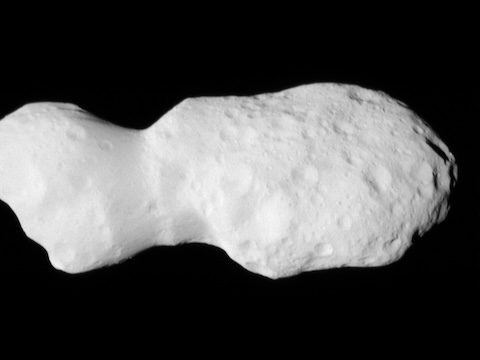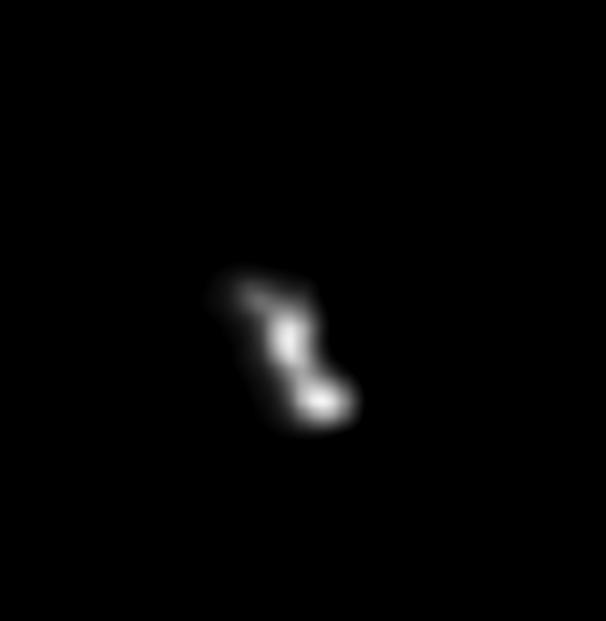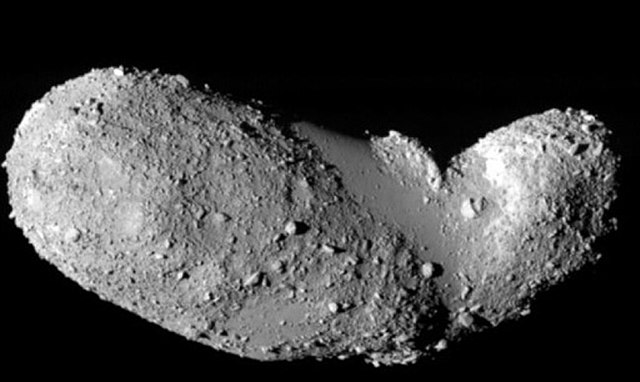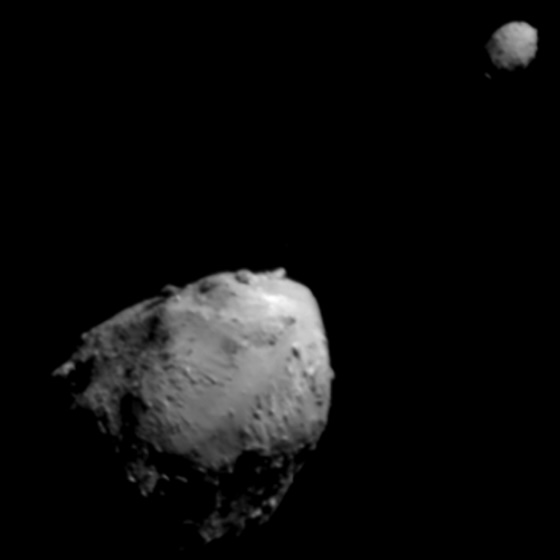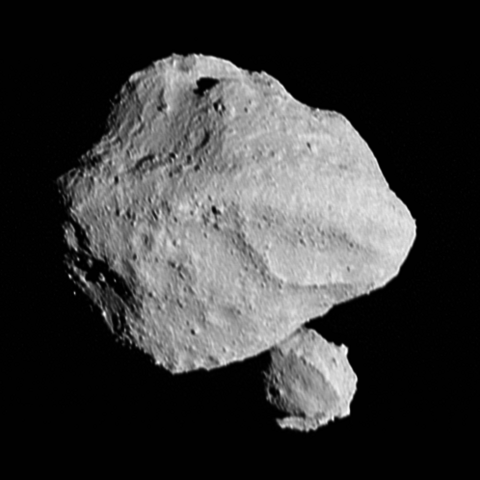1 day / second
0.5 AU
52246 Donaldjohanson
Asteroid
A dark, carbonaceous asteroid orbiting in the main belt that was named after Donald Johanson, the paleoanthropologist who discovered the famous Lucy hominin fossil.
Key Facts
orbital regime | Asteroid Belt |
learn more | Wikipedia |
mass | 6.1880e+14 kg |
radius | 3.895 km |
hill radius | 1,361.987 km |
semi-major axis | 2.383 AU |
eccentricity | 0.187 |
inclination | 4.426º |
longitude of the ascending node | 262.777º |
argument of periapsis | 212.796º |
orbital period | 3.679 years |
discovery date | March 2, 1981 |
discovered by | Schelte J. Bus |
discovery site | Siding Spring Observatory |
name origins | Named after Donald Johanson, the American paleoanthropologist |
dimensions | 3.9 km in diameter |
albedo | 0.103 |
Spacecraft Visits
Lucy
Flyby
Launched in 2021, visited in 2025
Lucy will fly past the asteroid Donaldjohanson on April 20, 2025, marking the spacecraft's first asteroid encounter during its 12-year mission to explore Jupiter's Trojan asteroids.
